Tongliao povidone K30 application
The method of synthesizing PVP monomer NVP. In addition, PVP is also widely used as a disintegrant and binder, and can also be used for desalination membranes and artificial kidney dialysis membranes; in the food and beverage industry, insoluble cross-linked PVP is added to beer. In tea beverages, it can remove polyphenols and excessive tannins present in beer and tea beverages, without remaining in them, stabilize the color, ensure that the flavor quality of beer and tea beverages remains unchanged for a long time and remove astringency It is an excellent beverage clarifier and stabilizer; it is widely used in daily chemical industry, especially in cosmetics, such as PVP used in hair spray, which has excellent hair fixation.
On the absorption system, to remove the reaction by-product SO, after the SO is absorbed, the solvent benzene is distilled out at 75~80°C under normal pressure, and then chloroethylpyrrolidone is distilled out under reduced pressure under a vacuum of 0.09MPa. (2> Chloroethylpyrrolidone, solvent benzene, and KOH or sodium alkoxide as a catalyst were added into a three-necked flask in proportion (chloroethylpyrrolidone:benzene=3:1), and the KOH added was 10% (mol) of chloroethylpyrrolidone.
The polymerization reaction of NVP is suitable for almost all polymerization methods. From the perspective of the raw materials of the polymerization reaction, it can not only homopolymerize itself to obtain homopolymerized PVP, but also copolymerize with most monomers containing unsaturated functional groups to form copolymerized PVP. It can be cross-linked PVP through cross-linking polymerization with cross-linking agents containing bifunctional groups. Traditionally, the polymers polymerized by NVP are collectively called polyvinylpyrrolidone, or PVP for short. From the perspective of the polymerization reaction system, from the bulk polymerization Polymerization to emulsion polymerization, suspension polymerization and other polymerization methods can be used for the polymerization of NVP according to the requirements of the polymer.
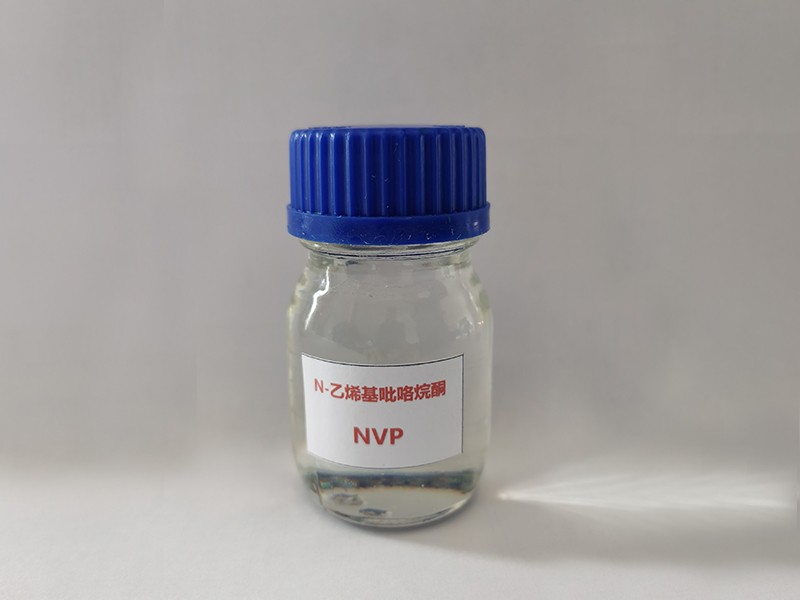
Hard and bright, because the PVP film is formed by solution casting or coating, it overcomes the lack of poor plasticity of solid PVP. The PVP film can be formed arbitrarily according to the coating, and the solvent has no effect on the formed PVP film. Film properties can be applied in many ways. The water absorption rate of PVP in the air increases with the increase of relative humidity. When the PVP film absorbs water to a certain degree (absorb water from air with a relative humidity greater than 70%), it will There will be a certain degree of viscosity. The moisture content of PVP after moisture absorption is about one-third of the relative humidity. Thermochemical studies have shown that each NVP structural unit can associate about 0.5mol molecules of water, which is similar to the water absorption of protein .
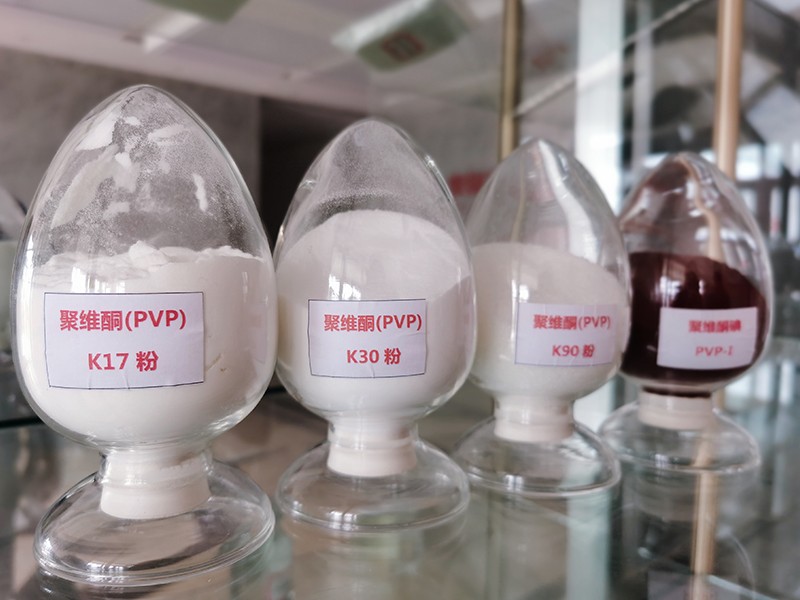
Heat to 65℃ with stirring, maintain the temperature at 65±5℃, stir and reflux for 3h to stop the reaction, distill out the solvent benzene at 65~90℃, and distill the product NVP under reduced pressure under a vacuum of 0.09MPa, unreacted The chloroethyl pyrrolidone is returned to the reaction. The current consumption of PVP products in my country is about 1000t per year, which are mainly used for cosmetics and pharmaceutical excipients. The required products are still mainly imported. This is mainly because my country's PVP products have not yet formed large-scale and serialization. With the economic growth With continuous development, my country's demand for PVP will continue to increase, and in-depth research should be continued in this field to improve production capacity, increase product types, and further improve product quality, so as to provide a guarantee for the realization of the localization of PVP products. Because of the PVP series The price of products is higher, especially the price of cross-linked polymers, so the consumer market is mainly developed, mainly in the United States, Western Europe, Japan and other regions.
Obviously, the potassium salt of pyrrolidone is easier to carry out the addition reaction with NVP, resulting in the higher hydrolysis rate of NVP in the presence of K and SO. Since NVP is easily hydrolyzed, two points should be paid attention to in the production and use of NVP: One is to remove water when synthesizing NVP to ensure that the product does not contain moisture:.. It is to make the product during storage and transportation. It is neutral or weakly basic to prevent hydrolysis and self-polymerization. The usual method is to add 0.1% alkali such as sodium hydroxide, ammonia or low molecular weight amines.
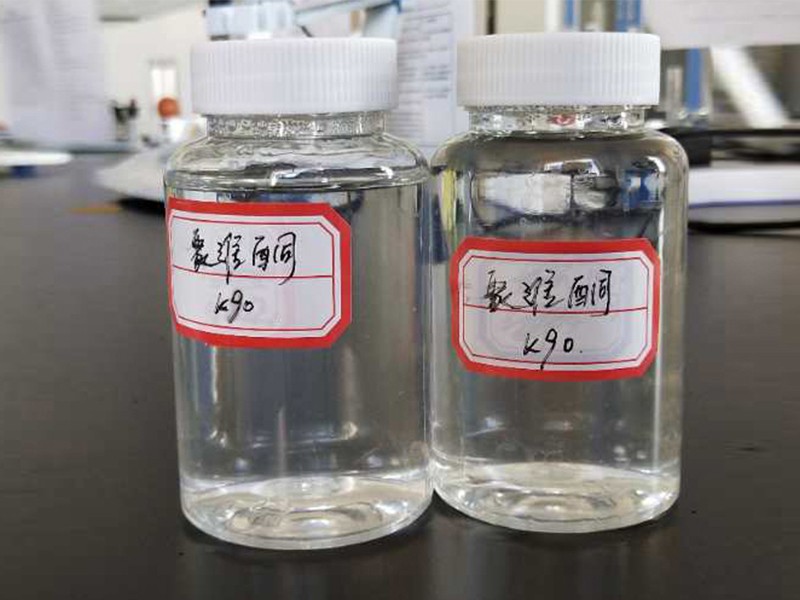
Tongliao povidone K30 application
Compared with the synthesis of NVP by the acetylene method, the Y-butyrolactone-direct dehydration method has the advantages of fewer reaction steps and milder operating conditions. The big disadvantage is that the raw material Y-butyrolactone is more expensive and not suitable for large-scale .In industrialization, many dehydration catalysts have relatively ideal performance in the laboratory, but they are not ideal for industrialization. If a major breakthrough can be made in catalysts, the Y-butyrolactone-direct dehydration method is still a very good method. There are promising methods, so there are still a large number of science and technology workers.
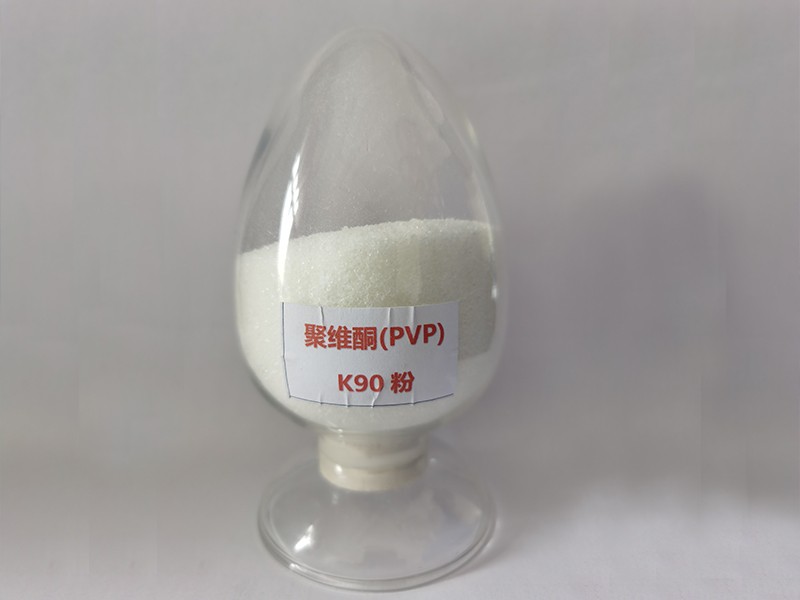
For example, PVP-I in China is still in the stage of application and promotion, and in some developed countries, as a medical disinfectant, PVP-I has completely replaced I,-alcohol solution. Moreover, the demand for PVP products is still on the rise. It is estimated that in 2000, the total consumption of PVP in the United States, Western Europe, and Japan will exceed 20,000 tons. The consumption fields are mainly medicine, health and cosmetics, accounting for about 70% of the total consumption. Consumption is on the rise. Although it has been decades since PVP and its monomer NVP were put on the market, BASF and ISP are still the main manufacturers of products in this field so far. It is just a single homopolymer product, and it has now developed into homopolymer, copolymer and crosslinking types, as well as three specifications of industrial grade, pharmaceutical grade, and food grade. Among them, industrial grade products include a series of homopolymers with K values ranging from 12 to 90 Poly-PVP, copolymers of NVP and vinyl acetate (PVP/VA) with K values ranging from 37 to 75 and copolymers of NVP and unsaturated quaternary ammonium salts (PVPQ). Pharmaceutical grade products include a series of homopolymerized PVP with molecular weights , NVP and vinyl acetate copolymer. NVP cross-linked polymer and PVP-I, etc. Food grade products mainly refer to insoluble NVP cross-linked polymer. At present, according to relevant information reports, BASF and ISP two companies PVP The annual output of the series of products is estimated to be around 20,000 tons.
When PVP is used in food, cosmetics and other fields, its oral toxicity and skin irritation are particularly important. (1) For oral toxicity, healthy NIH mice are selected as the test subjects, each weighing 18-22g, male and female. Half, with PVP-K: test, no abnormal animal reaction, no animal death during the test, LD, >10000mg/kg, according to the oral toxicity classification standard, PVP is the actual substance. Accumulated toxicity selects NIH purebred healthy mice Forty animals (20 females and 20 males, weighing 18-22g) were subjected to a cumulative toxicity test. According to the dose-increasing method, the test animals had normal appetite and no other abnormal reactions.
Tongliao povidone K30 application
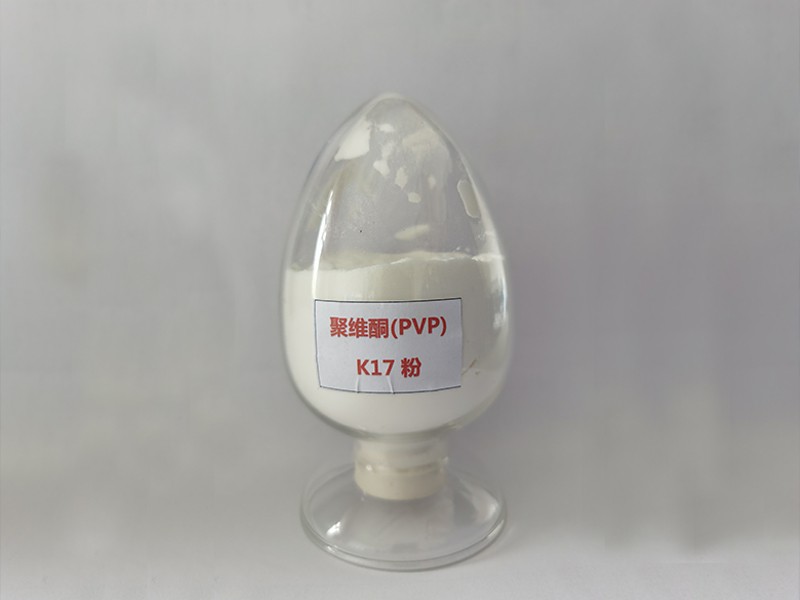
However, compatibility is different from compatibility. For example, PVP is insoluble in some surfactants and has no compatibility, but it can form a uniform emulsion with other substances for use in cosmetics. Therefore, it has been used in cosmetics with such surfactants. Compatibility. When PVP is used for different purposes, the requirements for its shape when used are also different. For example, as a thickener or colloidal protective agent, it is generally required to be formulated into a uniform solution when used as a hair dye. When the hair agent or the coating i. It is required to form a good non-sticky film. Adding some natural or synthetic high molecular polymers or compounds can effectively adjust the moisture absorption and flexibility of the PVP film without affecting the The gloss and transparency of the film.

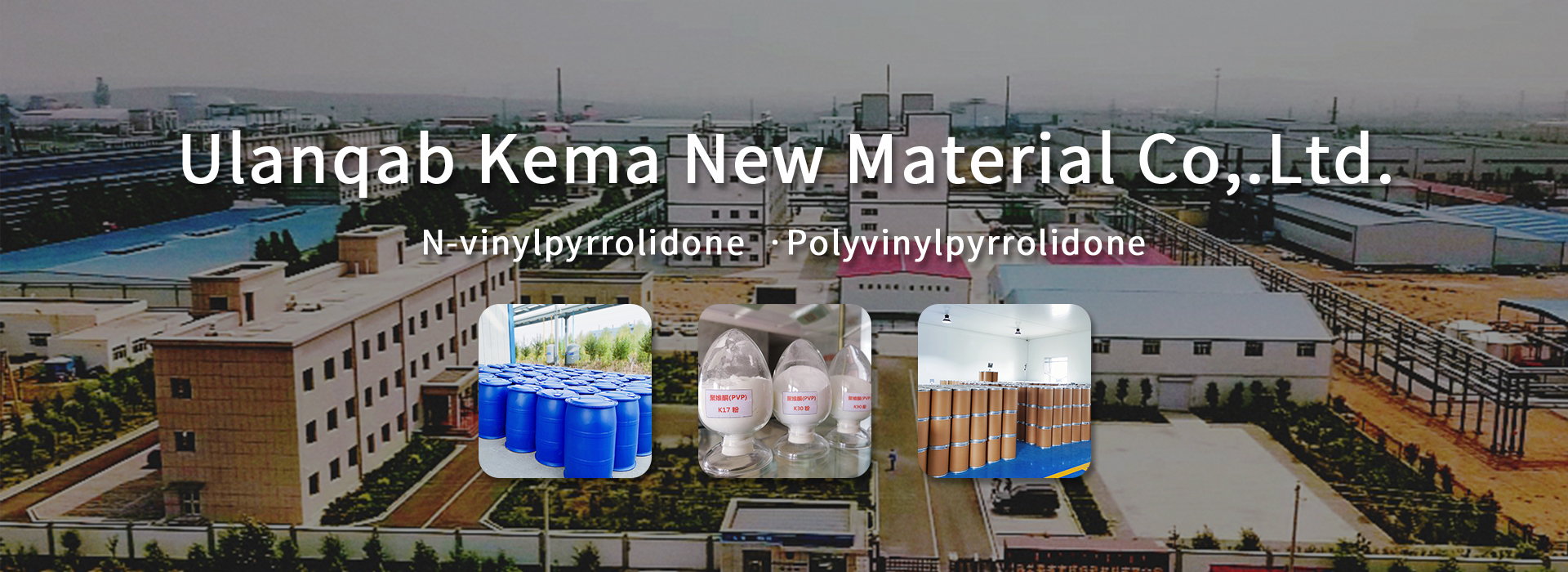
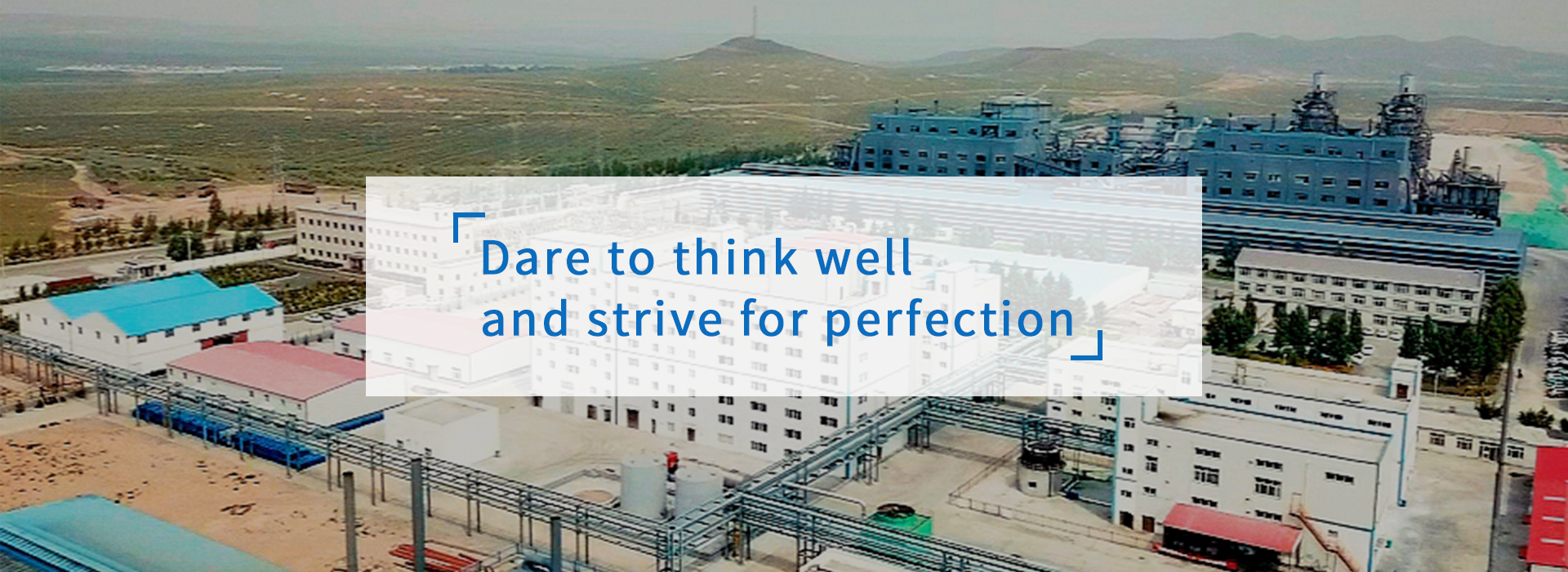

 全国服务热线
全国服务热线